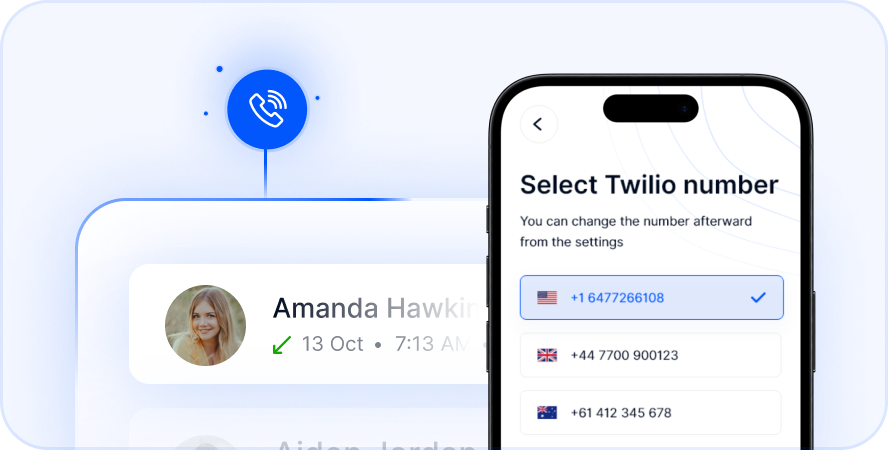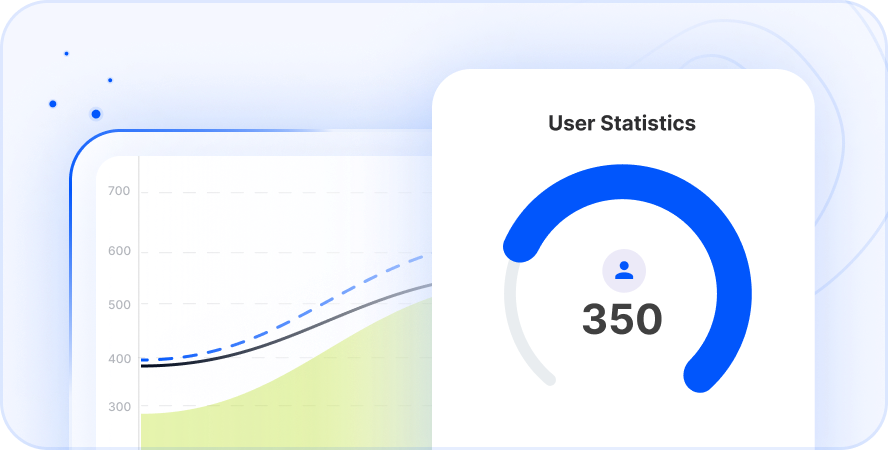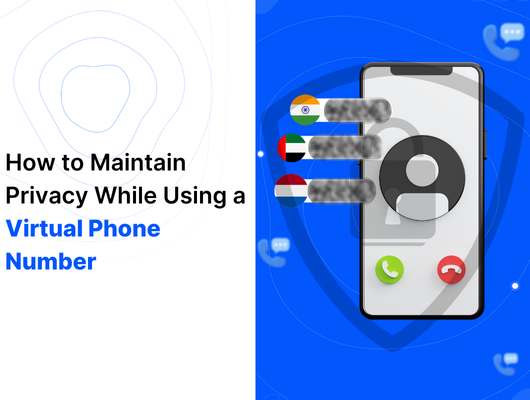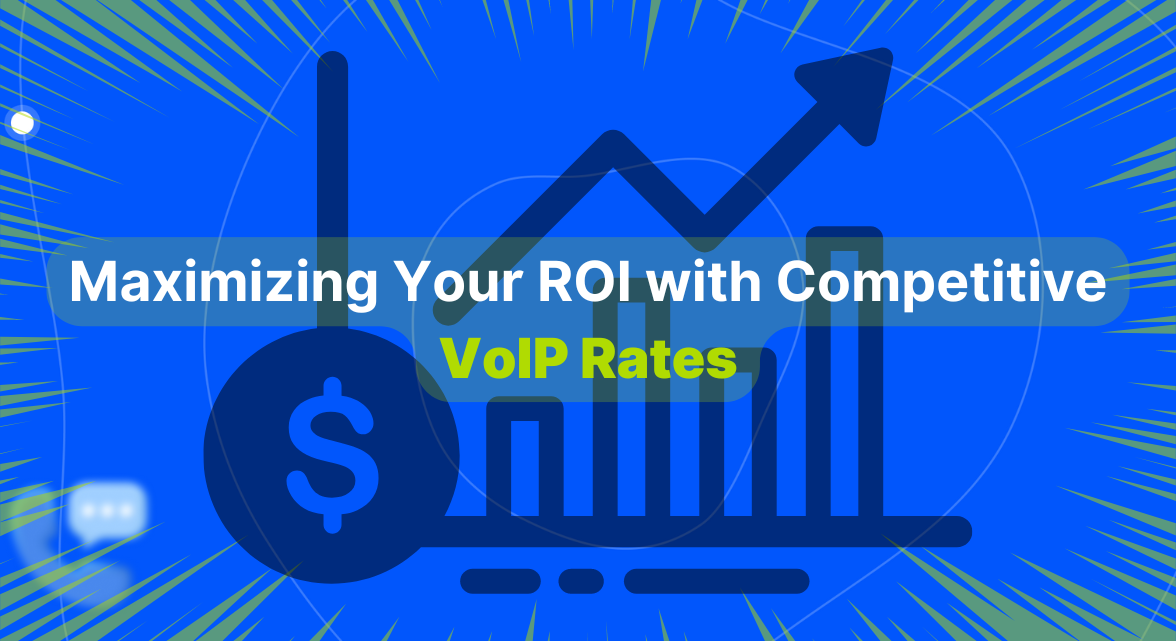
The rapid rise of Voice over Internet Protocol (VoIP) technology has truly transformed how businesses handle communications. VoIP offers flexible, scalable, and notably cost-effective solutions compared to older traditional phone systems. This makes it a top choice for companies of any size looking to modernize. However, a key factor when choosing the best VoIP provider is the cost structure. These are often called VoIP rates. Understanding these rates is vital for maximizing your return on investment (ROI).
As a business leader, you need to know how competitive VoIP pricing can lead to substantial savings. More importantly, it can increase profitability for your business. This guide explores everything you need to know about using smart VoIP choices to boost your ROI. You will learn how to navigate pricing models and select a provider that delivers maximum value. For more context on the broad shift to digital communication, you can refer to resources like this article on the state of business communications.
What Exactly Are VoIP Rates?
VoIP rates refer to the pricing structure for services provided by platforms using Voice over Internet Protocol. These rates are generally much lower than those of traditional telephone systems, especially for long-distance or international calls. They are also typically lower for services like SMS and handling multiple phone lines.
VoIP providers use the internet to send voice data. This bypasses traditional phone lines and lowers infrastructure costs for the provider. This cost saving is then passed on to customers through more affordable calling plans. By moving to a VoIP system, businesses can significantly reduce their operating expenses and get more value from their communication budget. It is important, however, to compare different providers. You must understand what is included in their rates and identify the pricing model that best fits your business needs.
Here’s what typically influences VoIP rates:
- Destination: Calling international numbers usually costs more than calling local or domestic numbers.
- Usage Volume: Some plans charge based on minutes used or messages sent.
- Number of Users: Many plans charge a fixed fee per user per month.
- Included Features: Advanced features like CRM integration or extensive call analytics can impact the price.
- Service Level: Higher quality service or dedicated support might come at a premium.
VoIP vs. Traditional: The True ROI Difference
Traditional phone systems, often called PSTN (Public Switched Telephone Network), rely on physical infrastructure like copper wires and dedicated hardware. For businesses with many employees, multiple locations, or international clients, these systems can lead to massive bills. Costs for installation, ongoing maintenance, and long-distance calls quickly add up. Traditional services often come with rigid pricing structures. They offer very little flexibility for customization as your business needs change.
VoIP, on the other hand, is a cloud-based solution. It has significantly lower operating costs because it uses your existing internet connection. Businesses avoid the high expenses of buying and maintaining physical phone lines and bulky on-premise PBX hardware. VoIP systems usually base their pricing on factors like the number of users, the features you need, and your call usage. This makes it much simpler and more cost-effective to scale your phone system as your business grows or shrinks. You only pay for what you actually use or need.
Here’s a breakdown of how the cost structures differ:
| Cost Aspect | Traditional | VoIP |
|---|---|---|
| Upfront Costs | High upfront hardware and installation costs. | Minimal to no upfront hardware cost (uses existing computers/phones or softphones). |
| Maintenance | Expensive ongoing maintenance fees. | Maintenance is typically handled by the provider. |
| Per-minute charges | High per-minute charges, especially for long distance and international. | Much lower per-minute rates, often bundled or unlimited within plans. |
| Scalability | Costs increase significantly when adding lines or locations. | Easy and inexpensive to add or remove users/lines. |
| Upgrades | Difficult and costly to upgrade hardware. | Software updates are automatic and included. |
This fundamental difference in cost structure lays the groundwork for how VoIP significantly improves your return on investment.
How Competitive VoIP Rates Boost Business ROI
- Lower Direct Communication Costs: This is the most immediate and obvious benefit. Call costs, particularly for international and long-distance communication, are drastically reduced. Many VoIP providers offer cheap international call rates as a major selling point. This allows businesses to connect globally without worrying about prohibitive charges eating into profits.
- Eliminate Upfront Hardware Costs: Traditional phone systems require significant capital investment in hardware like PBX boxes. Business VoIP solutions are cloud-hosted. This means there’s no need for expensive physical equipment, reducing capital expenditure and freeing up funds for other investments.
- Flexible Pay-as-You-Go Options: Many providers offer pricing models that allow you to pay only for the minutes, messages, or features you use. This ensures you aren’t wasting resources on services that don’t bring value. It’s particularly cost-effective for businesses with varying call volumes.
- Reduced Maintenance and IT Expenses: With a cloud-based virtual phone system, updates and maintenance are handled by the provider. This saves your internal IT team significant time and effort. It also reduces the need for specialized technicians required by traditional systems.
- Predictable Monthly Expenses: Pricing models like per-user or bundled plans offer consistent monthly costs. This makes budgeting easier and eliminates unexpected spikes in bills often associated with traditional usage charges.
These direct cost savings free up capital and reduce operating expenses. This directly contributes to a higher ROI for your business.
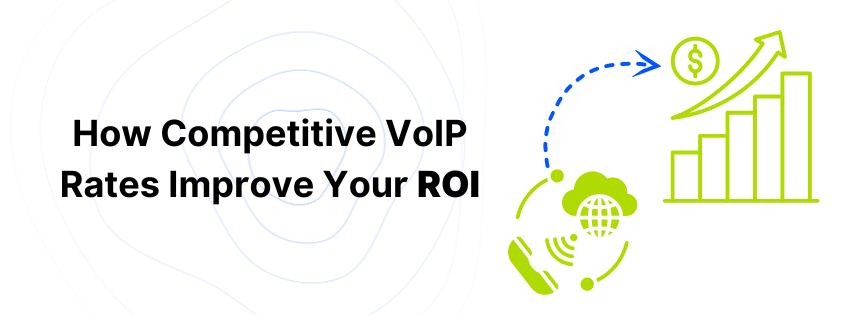
Beyond Cost: Added Value and ROI from VoIP Features
While low rates are a key factor, the features included in a VoIP phone system also contribute significantly to ROI. They do this by boosting productivity, improving efficiency, and enhancing customer relationships.
Consider these feature-driven ROI benefits:
- Enhanced Productivity: Features like voicemail-to-email, call forwarding to mobile devices, and simultaneous ringing on multiple devices ensure your team is always connected. Integrations with CRM software (VoIP integration with CRM) mean sales and support teams have instant access to customer history, saving time and improving interactions. Features like voicemail-to-text also save time by allowing quick scanning of messages.
- Improved Customer Service: Never miss a call again using features like virtual phone numbers, advanced call routing, and auto-attendants. Call recording allows for quality checks and training, leading to better customer interactions. Improved service often leads to higher customer satisfaction and retention, directly impacting long-term revenue.
- Business Continuity and Flexibility: A cloud phone system allows employees to work from anywhere with an internet connection. This ensures communication continues uninterrupted during emergencies, travel, or for remote teams. This flexibility protects against downtime and lost revenue. Features like multi-country numbers or multiple line support help manage diverse communication needs efficiently.
- Streamlined Communication Channels: Many VoIP solutions combine voice, SMS, and even WhatsApp into a single platform. Managing all business communication in one place reduces complexity and improves workflow efficiency. Bulk SMS and broadcast messaging features can streamline marketing or notification efforts.
These features, often included at competitive rates, don’t just save money. They actively improve business processes, leading to higher efficiency and better results.
Choosing the Right VoIP Provider: Factors for Maximizing ROI
- Quality of Service (QoS): Your VoIP system’s performance depends heavily on call quality and reliability. A provider with a robust infrastructure that guarantees high-quality voice calls and minimal downtime is crucial. Poor call quality frustrates customers and employees, wasting time and potentially damaging your reputation. Look for providers built on reliable networks.
- Feature Set: Identify the features essential for your business operations. Do you need call recording, multi-line support, SMS, or voicemail? Consider advanced features like voicemail-to-text, call forwarding, CRM integration, or WhatsApp integration if they can streamline workflows. Make sure the provider offers the tools you actually need to be efficient.
- Global Coverage and Rates: If your business makes international calls, comparing
VoIP ratesfor your key destinations is vital. Providers with extensive global coverage (e.g., 180+ countries) and competitive rates to those specific countries can save you significant amounts of money over time. - Customer Support: Reliable and responsive customer support is critical. You need quick help during setup or if any issues arise. Check the provider’s support hours, available channels (phone, email, chat), and their reputation for resolving problems efficiently.
- Scalability and Flexibility: Choose a provider whose service can easily scale with your business. Can you quickly add or remove users, lines, or features as your needs change? A flexible provider ensures you’re not locked into plans that are too small or too large.
- Security: Ensure the provider has strong security measures in place to protect your communication data. This includes encryption and compliance with relevant regulations.
Considering these factors helps you select a provider that offers not just low rates, but a comprehensive solution that delivers true value and supports your business growth.

Understanding VoIP Pricing Models: What to Look for
VoIP providers offer various pricing models. Understanding these options is essential to picking the one that offers the best ROI for your specific business structure and communication patterns.
Here are the common models:
Per-User Pricing
- How it works: You pay a set monthly fee for each user or extension.
- Best for: Small to medium businesses with a stable number of employees.
- Pros: Predictable monthly billing, often includes a standard set of features.
- Cons: Less flexible if your user count fluctuates frequently; you pay for the user whether they make many calls or few.
Usage-Based Pricing
- How it works: You are charged based on the actual volume of calls (per minute), messages (per SMS), or data used.
- Best for: Businesses with very low or highly unpredictable call volumes, or those just starting out.
- Pros: You only pay for what you use; can be very cost-effective for low usage.
- Cons: Monthly costs can be unpredictable if usage varies widely; requires careful monitoring of consumption.
Bundled Packages
- How it works: You pay a fixed monthly rate for a package that includes a specific number of minutes, messages, or a set list of features, sometimes per user or for the whole company.
- Best for: Businesses with consistent, predictable communication needs.
- Pros: Fixed monthly cost, often offers better per-unit rates than pure usage-based if you use close to the bundle limit.
- Cons: You might pay for minutes or features you don’t fully use; going over the bundle limit can result in high overage fees.
Pay-as-You-Go
- How it works: You prepay or pay as you use, with charges applied directly for each call minute, SMS, or feature used, often at very competitive rates. There’s typically no fixed monthly user fee.
- Best for: Businesses with very low or irregular call volumes, individuals needing international calls or virtual numbers, or those wanting maximum flexibility without contracts.
- Pros: Extreme flexibility, often the lowest cost for low usage, no commitment or monthly fees.
- Cons: Can be less predictable for high-volume users compared to bundles or per-user plans; requires diligent monitoring of usage balance.
Choosing the Right Model
Understanding these models helps you analyze which one aligns best with your business’s communication patterns to improve customer service, boost satisfaction, and ultimately, increase customer retention.
Frequently Asked Questions
Finding the right VoIP solution involves understanding costs and value. Here are answers to some common questions:
Q1: Is VoIP always cheaper than traditional phone systems?
A: For most businesses, especially those making international calls or needing scalability, yes. VoIP eliminates hardware costs and offers lower per-minute rates. However, you still need a reliable internet connection, which is an added cost compared to just the phone line bill. The total cost, including features and flexibility, usually offers better value.
Q2: How does call quality impact ROI?
A: Poor call quality leads to wasted time repeating information, frustrated employees and customers, and a damaged professional image. Reliable, high-quality calls ensure efficient communication, positive customer interactions, and a professional reputation, all of which positively impact ROI.
Q3: Are there any hidden costs with VoIP?
A: While typically transparent, potential hidden costs could include: needing to upgrade your internet service to support VoIP, the cost of new headsets or IP phones (though softphones are often free), and fees for certain advanced features not included in your base plan. Always review the provider’s terms carefully.
Q4: Which VoIP pricing model is best for my business?
A: It depends. Per-user is good for stable teams. Usage-based or pay-as-you-go is often best for low or fluctuating usage. Bundled plans suit businesses with consistent, predictable needs. Analyze your call volume, number of users, and feature requirements to choose the most cost-effective model.
Q5: Can I keep my existing business phone number with VoIP?
A: Yes, most VoIP providers offer number porting services. You can usually transfer your existing local or toll-free business phone numbers to your new VoIP service.
Conclusion
Maximizing your ROI with VoIP truly begins with understanding how competitive VoIP rates directly influence your bottom line. By carefully choosing the right provider and the right pricing model, you can significantly reduce communication costs, boost team productivity, and improve the overall efficiency of your business operations. Whether you are managing a small, agile team or overseeing a large, geographically distributed workforce, a well-chosen business phone system built on VoIP technology is an incredibly valuable tool. It helps you streamline communications effectively and boost overall profitability.
For businesses specifically looking to make the most of their communication investment without overspending, finding a provider with competitive rates and a robust platform is key. This ensures you get the cost savings and the features needed for growth.



